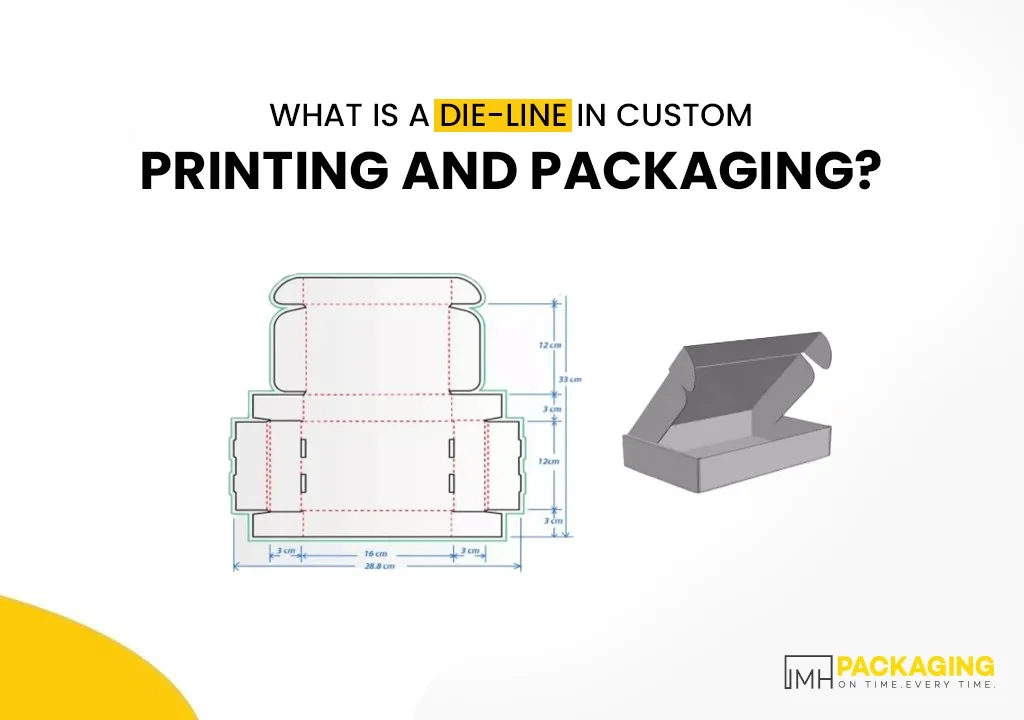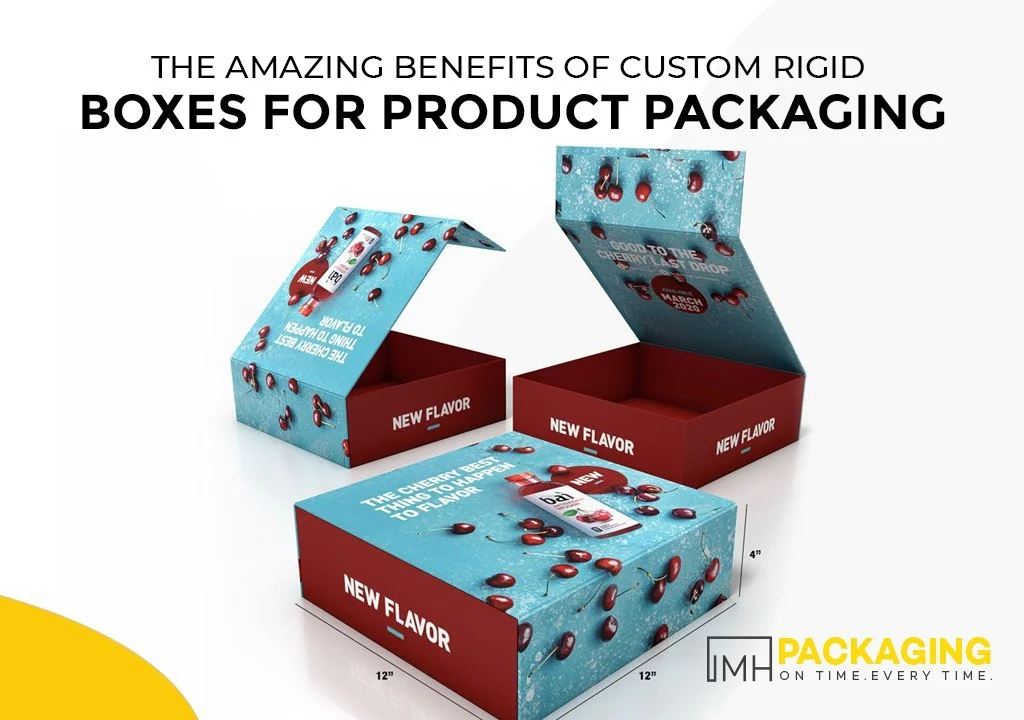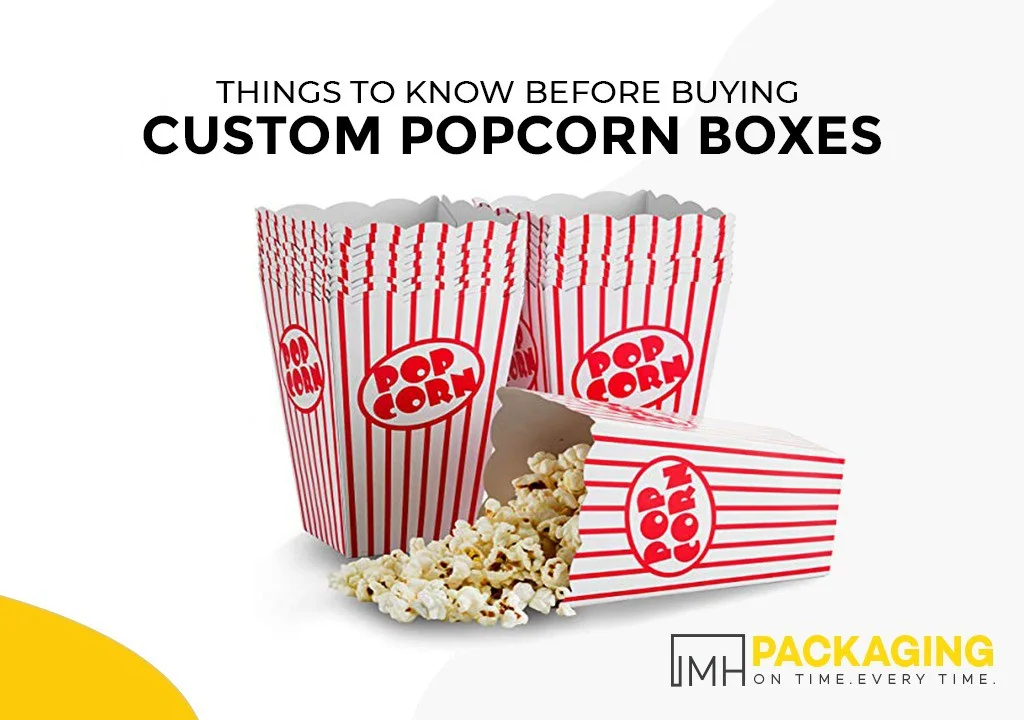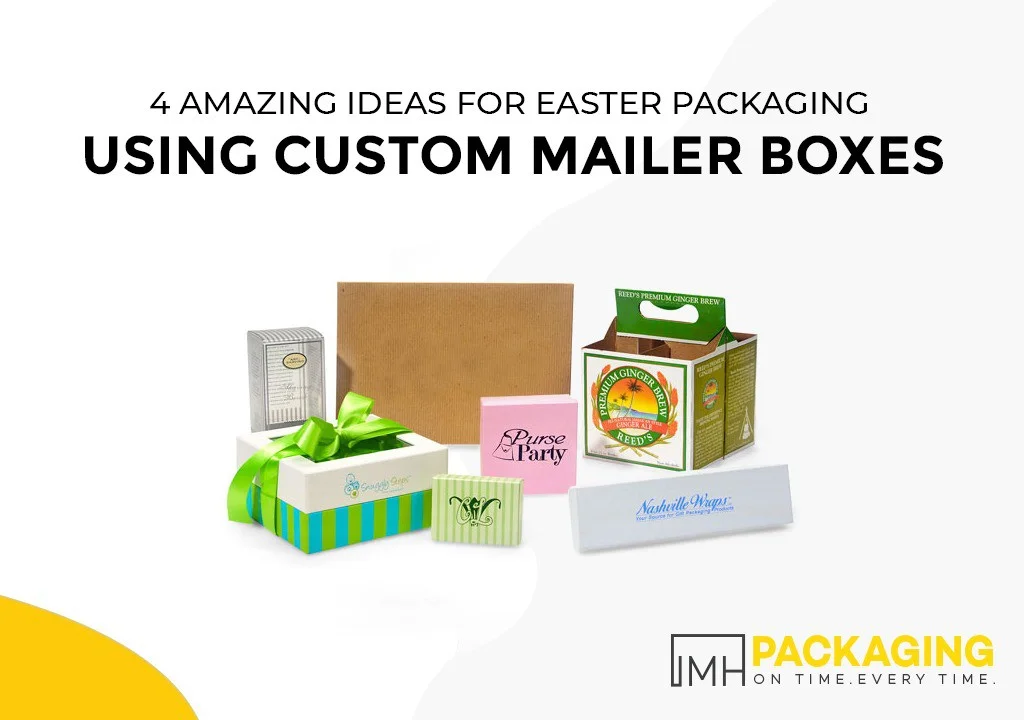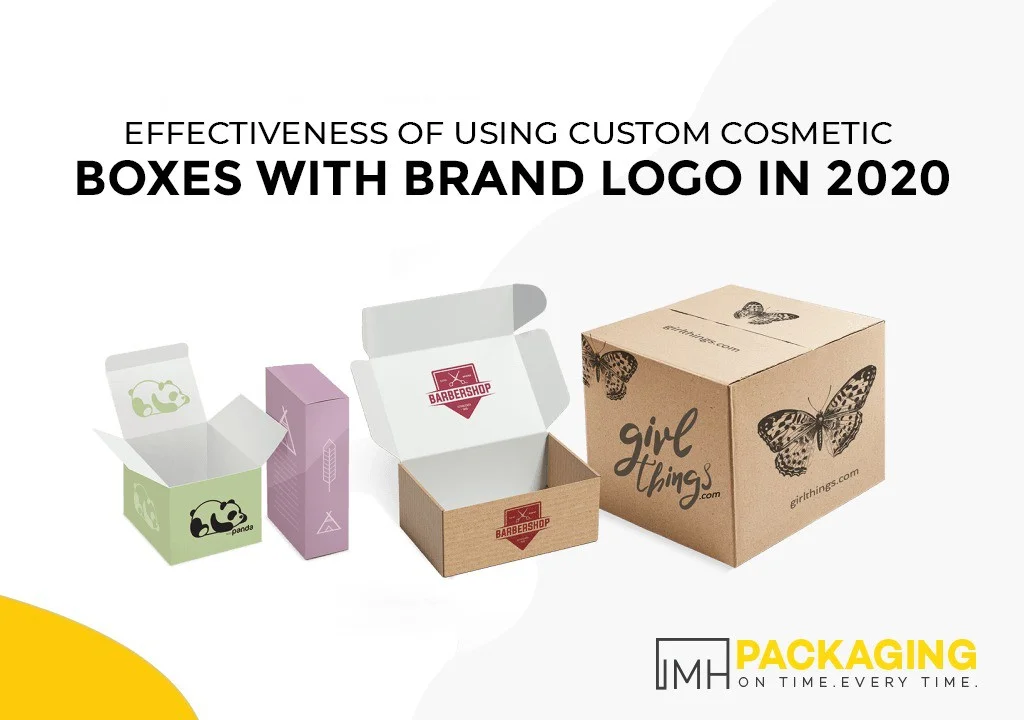Dieline is the shape and size of the dice, a tool that cuts or prints (makes indentations) printed material. Manufacturers often create new custom sticker prints. Your job as a designer is to use the lines you draw on the artwork to indicate where the decals should be cut. With decals, it`s essential to leave space between the cut edge of the decal and the artwork and make the decal print smooth so the decal can be easily peeled off without tearing.
They consist of three lines: hole, cut, and overlay. When your plans finally go to the printer, the die line will indicate where the machine will work and drill holes for the shrink wrap. Since there are usually two distinct data sections, the hole, and cut lines must be on different layers and placed as separate patches.
While browsing and planning your new custom box, you will often hear the term "Dieline"! To the uninitiated, this may seem like a technical term that packaging experts often understand. However, it is effortless and essential to develop customized packaging. Here we want to tell you everything about die-cutting lines and how to integrate them into your custom packaging project successfully.
What are Die-lines?
Dieline is a package template. It is an even contour of lines and folds. You can`t create a design without a product box design, so don`t try. You`ll see the lines if you take apart a box of cereal and flatten it out. The edges of the squares are cutouts, and all seams and folds are folds and overlaps. Supermarket origami must also be sturdy, functional, and excellent at capturing the user`s interest.
Your line must be perfect. Unfortunately, they create such tight layouts that are so pixel-balance between competing design elements that even losing an eighth of an inch often requires an overhaul of the entire die-cut box. Because of this, I never start a packaging design without a final line. Otherwise, I`m just guessing, wasting my time and giving my clients a false sense of accomplishment in custom boxes.
How Do You Create a Dieline?
When you receive your finished die-cut line directly from the printer (a most likely scenario), it already includes flow requirements and all production records. So it`s perfect, and you don`t need this tutorial if you have it.
However, sometimes you will be working with clients in the early stages. Maybe they`ll send you a box with a different product and instruct you to make a similar one. Maybe FedEx hands you a bottle or jar and asks you to create a label that maximizes the container`s space. Or perhaps they`ll ship the product themselves and ask you to design a box, shell, or blister to contain it. If so, then this blog post is for you.
IMH Packaging team of experts helps to design labels and other two-dimensional packaging. You can make the perfect outline by taking basic measurements with paper and a pencil. Boxes are a little more challenging to build from scratch but get easier with practice and knowledge of closure types.
An excellent way to build a dielined box from scratch is to copy it from a similar product and then modify it from there. Then, when you master structural packaging applications such as a print shop production department, you can create perfect 3D lines. However, if you`re unsure, you can get the ball rolling and then take your lines, notes, and product samples to a printer or fabricator who can use them as a basis for creating line work.
Why Are Dielines Important?
As mentioned above, die lines form how your packaging is designed, printed, cut, and shaped. Without a dieline, a graphic designer won`t know where and how to place your logo, graphic, or pattern; the printer won`t recognize where to print essential design elements and product information; Fulfillment workers won`t know how and where to fold and seal your packaging around the product.
In the case of death, this limitation allows for more creativity. By working in a template that shows the possibilities where all the visual elements can be placed on the packaging, it will be easier for your graphic designer to create beautiful and innovative designs executed to perfection.
Ultimately, dieline ensures that the final packaging is printed consistently in a standard template with the right size and shape for your product to ensure better design and functionality. Dieline also considers typographical elements such as bleeds and special production requirements. As a result, your final package`s size, scale, and dimensions will be exactly what is required. With all visual elements in their correct and logical placement and structurally sound connection points such as folds, cuts, and glue areas identified.
Who Can Help You Create the Dieline?
Packaging designers usually create packaging lines. We here at IMH Packaging use a die cutter or printer to make dielines for customer satisfaction. Dielines are used in many types of packaging. From simple envelopes with pockets to elaborate packaging, cut lines make it possible to cut and crumple to achieve the final result.
Dielines in the Printing Process
During production, the line creates die-cuts, basically, giant custom cookie cutters that allow your packager to produce your unique packaging in large quantities while maintaining consistency. The machine your packaging partner uses in production cuts a flat, pre-folded, and sealed package version to size from the dieline.
Dielines also makes printing plates that print your packaging and custom images. It`s like a giant stamp pad that attaches to the conversion machine`s rollers to transfer the design to your packaging. But, again, all of this is dictated by the plan given by the original genealogy.
For special corrugated packaging, blank corrugated sheets are usually printed (using a printing plate) and then cut (using a die). For the second half of the process, there are two types of dies – flat and rotary. Many corrugated manufacturers, including IMH Packaging, use rotary dies for high speed and reliable accuracy.
Can You Use Adobe Photoshop to Create Dielines?
You cannot use other visual communication software, such as Adobe Photoshop, because the finished work must be vector-base. While they may seem comparable, vector fabrication is different numerical approximations and figures that computers and printers can understand without much effort. Likewise, vector graphics can be resized without compromising quality. It means you print the sample case to the dimensions of the structure, and it looks as clear and sharp as if printed on paper.
The main point to remember as you build your daily line is that details matter. For example, you`ll want to know the exact size before you create a document in Artist or InDesign. Printing a copy might also be a good idea, especially if this is when you write the most memorable lines. It allows the design team to find errors before creating a design. You can also use it to create custom rigid boxes for your products.
What Are Dielines in the Printing Process
During manufacturing, die lines turn the sliced pieces into powder, essentially a particular monster dough shape. It allows your packager to produce your unique packaging in large quantities while ensuring consistency. The machines your packaging partners use at the work level shrink and repair your packages as explicitly defined by the line.
Dielines also makes printing plates that print artwork and illustrations onto your custom packaging. They look like giant ink pads connected to the transfer machine`s rollers to transfer packets to your package. Also, everything depends on the contour given by the first row.
For packages, transparent sheets are usually print (using a printing plate) and then cut (using a cutting path). There are two types of cutting passes for the last 50% of the cycle: plane punching and rotary punching.
What Dielines Can Show
In addition to showing holes, cutouts, and shrinkage defects on flat packs, lines can indicate where a logo, image, or text will placed on the finished item. To watch Dielins at work, take an empty cereal box and unfold it on the counter. There you`ll see indications of how the container must collapse, which tabs must glued together, and how the top tab works to hold back items by collapsing each other.
Although your sub-rows are used as a "layout" for your packaging, they serve two purposes. First, they allow you to distribute the various components of your demo package, clarifying what goes where. And how the different features interact. For example, by spreading out "cuts" of people from the recording loop, you can see if the logo is too loud near a specific design, for example, or vice versa if you feel like adding a lot of text. Second, dielines make great diagrams, but they also help avoid assembly problems by giving the printer some outline to work with. Finally, a line custom cosmetic display box can create an eye-catching effect.
Taking the Basic Steps for Creating Dielines
As proven, producing die-cutting lines is very important in the whole packaging process. It is because packages are non-assemble able (and look consistent and attractive) without parts. At the same time, having a nearby group that deals with packaging, advertising, design, and printing is essential. Simply put, the more eyeballs you pay attention to, the more noticeable missteps or mistakes are reviewed. Before you get too far into the loop and must start over and redo everything off-kilter!
Need a Hand in Making Your Dieline?
It`s not hard to look at something like Dielines and feel overwhelmed. But, whether you understand how they`re distributed, are trying to make your own, or simply getting your creative thoughts onto paper (or printing), IMH Packaging has you covered. We have the experience and team to help you take your idea to completion. Using only the latest packaging and printing innovations to ensure flawless results from start to finish.
